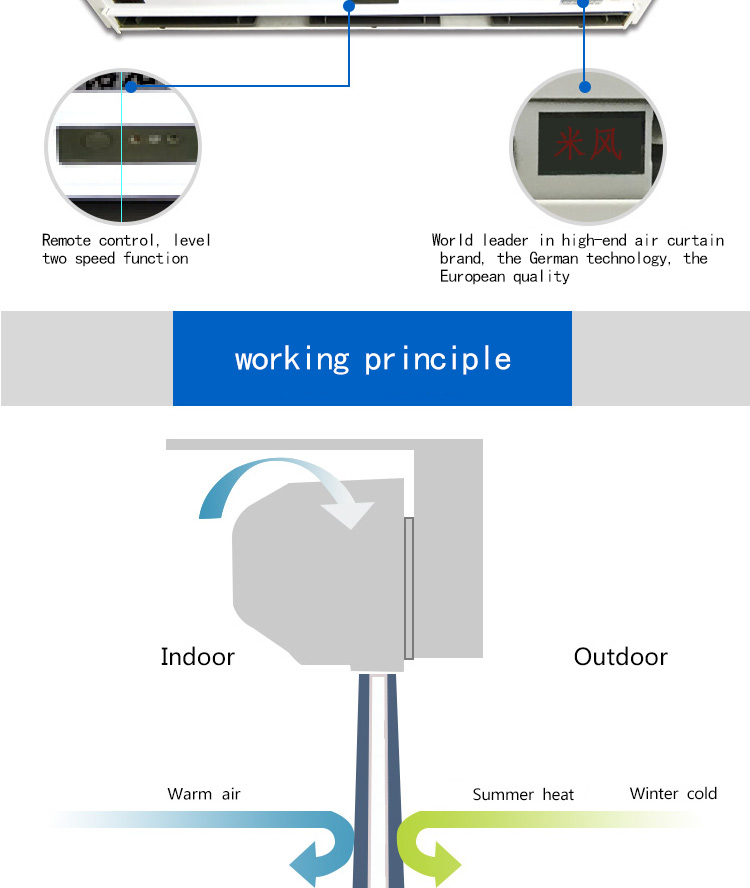Title: Electric Curtain Operating Principle
The electric curtain operates on the principle of motor-driven rotation of a spool or roller containing a length of fabric. When the motor is activated, it rotates the spool or roller, thereby unwinding or winding the fabric to open or close the curtain. The rotation of the spool or roller is controlled by an electronic circuit, allowing the user to control the position of the curtain through a remote control or manual interface. The electric curtain can also be equipped with sensors to detect the position of the curtain and automatically adjust its position based on the user's needs.
In modern homes and offices, electric curtains have become increasingly popular, offering convenience and comfort in managing sunlight and privacy. These curtains are equipped with motors that enable them to slide open or closed with the touch of a button or the simple command of a smart device. However, what many people don't realize is the underlying technology and science that goes into making these electric curtains work. In this article, we will explore the electric curtain operating principle to understand how these devices actually work.
Firstly, electric curtains are powered by electricity. The motor inside the curtain is connected to a power source, such as a battery or an electrical outlet, providing the necessary energy to move the curtain. When the motor receives a signal to move the curtain, it converts this signal into mechanical motion, either rotating or translating, to open or close the curtain.

Secondly, electric curtains are controlled by either a manual switch or a smart device. The manual switch allows users to control the curtain manually, providing a simple and direct way to operate it. On the other hand, smart devices, such as smartphones or tablets, enable users to control the curtain remotely, providing greater flexibility and convenience. These smart devices are connected to the internet, allowing users to access and control their curtains from anywhere in the world.
Thirdly, the electric curtain operating principle involves sensors that detect light and motion. These sensors help determine when to open or close the curtain based on factors like sunlight and wind. For example, some electric curtains are equipped with light sensors that detect when sunlight is shining through a window and automatically close the curtain to block out the light. Similarly, motion sensors can detect when someone is approaching a window and automatically open the curtain to let them in.
Fourthly, electric curtains are designed with safety features to prevent accidents. Many curtains have built-in sensors that detect when they are being operated and stop immediately if they detect any obstruction or danger. This ensures that users are always safe and protected from harm when using electric curtains.

In conclusion, electric curtains are a convenient and efficient way to manage sunlight and privacy in modern homes and offices. They are powered by electricity, controlled manually or remotely via smart devices, and equipped with sensors to detect light and motion. The underlying technology and science that goes into making these electric curtains work is what makes them such a valuable addition to our daily lives.
Articles related to the knowledge points of this article:
The rise of Bosideng, a leading羽绒服 brand in China
Title: Mastering the Art of Tie Knots: The Perfect Knotted Tie
Title: Mastering the Art of Triangular Tie Knots: A Comprehensive Guide



